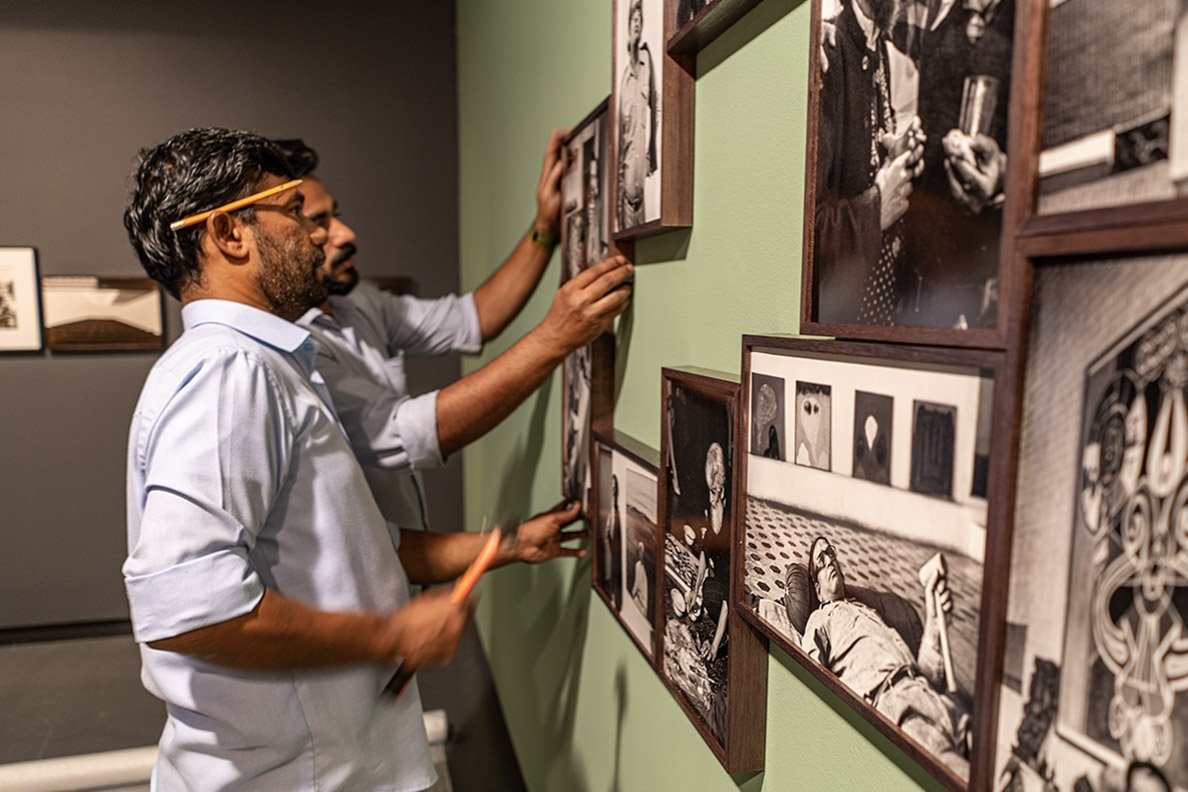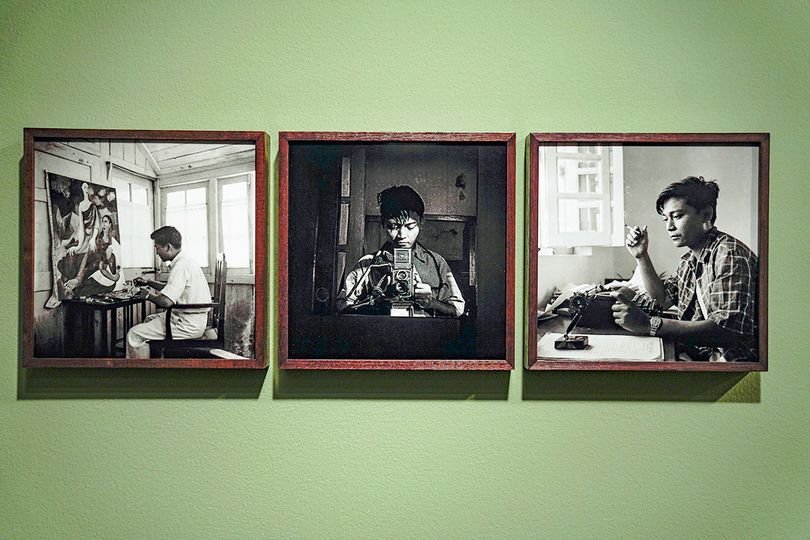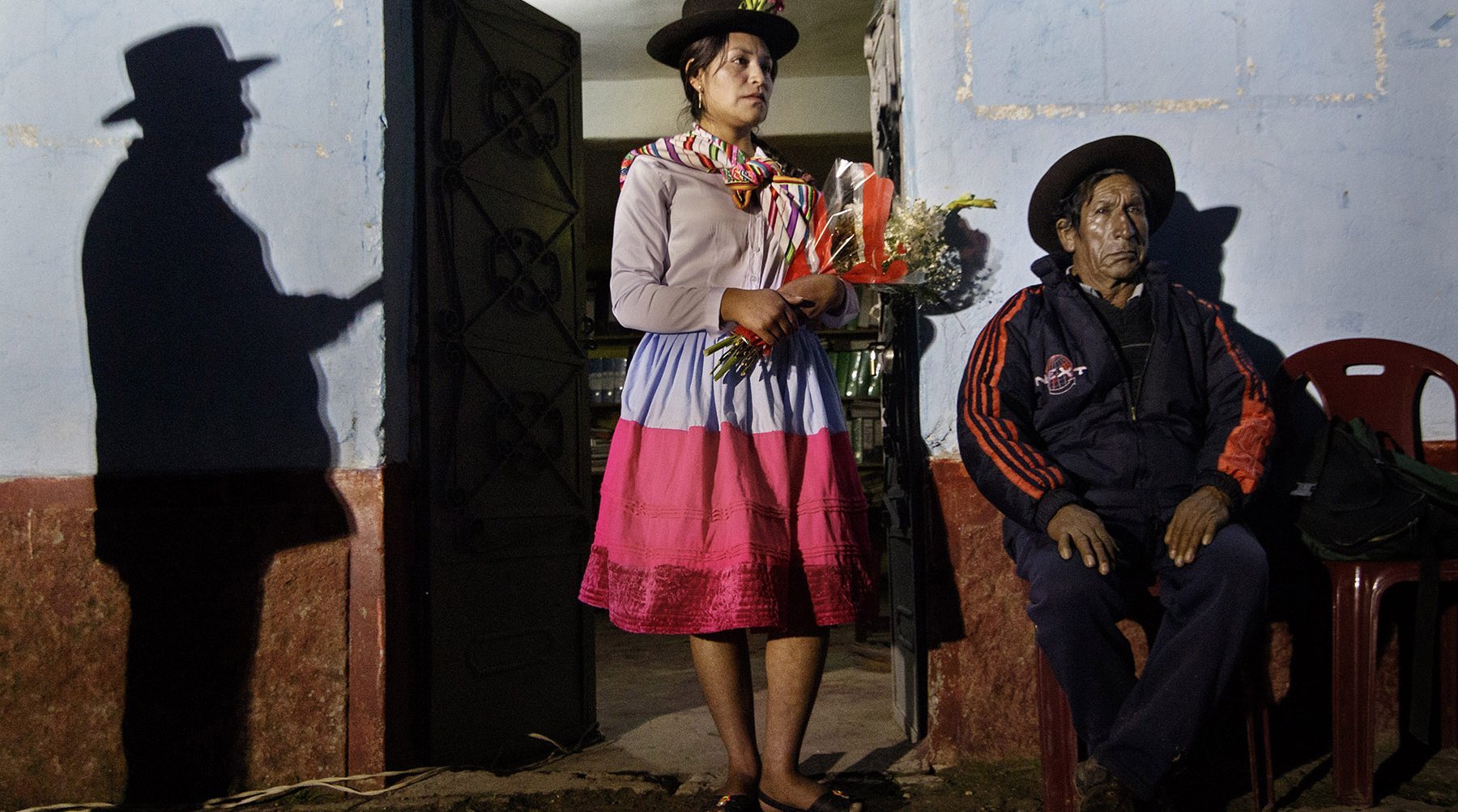Sharjah Biennial 15: Thinking Historically in the Present
Over 150 Artists and Collectives for Sharjah Biennial 15 Bridging Past and Present Narratives
Conceived by Okwui Enwezor ( who passed in 2019) and curated by Sharjah Art Foundation Director Hoor Al Qasimi, Sharjah Biennial 15: Thinking Historically in the Present reflects on Enwezor’s visionary work, which transformed contemporary art and established an ambitious project that has influenced the evolution of institutions and biennials all over the world. Hoor Al Qasimi interprets the titular proposal by the late thinker to critically centre the past with a modern context adopting a working methodology that privileges the role of intuition.
In his New York Times obituary for Enwezor, art critic Jason Farago called him the “curator who remapped the art world” for his ability to challenge the status quo and give exposure to previously unheard voices — something SB15 celebrates and further examines. With a display of more than 300 works of art, including 70 new ones, along with a varied program of performance, music, and video, and new venues. Today we share some highlights from this incredible haven for cultural and artistic practice.
Dala Nasser
Dala Nasser (b. Tyre, Lebanon) is an interdisciplinary artist working primarily with painting and film. Her work examines the urgent need to account for dramatic environmental change, centering her practice around materiality and process, producing works that respond to their physical, and contextual components, evolving autonomously over time. She received her BFA in Painting from UCL Slade School of Fine Arts, awards include Boise Travel Scholarship, Sursock Museum's 32nd Salon D'automne Emerging Artist Prize. Selected exhibitions include Surface work at Victoria Miro, The Pain of Others at Ghebaly Gallery.
Richard Bartholomew
Richard Bartholomew's photographs (the 1950s to the 1980s) of himself and his artist friends, are acclaimed as part of the who's who of Modern Indian Art. Created for the Sharjah Biennale by his son Pablo, a dialogue with his father many years after his death, reflecting on each other work and finding something beyond a simple game of mirrors and sometimes blurs; who is the maker of the image, the father or the son?
Annalee Davis Plants Healing Garden
In her work she explores how colonialism and slavery changed landscapes, and how disalienation can be achieved through craft and planting. Her garden becomes both a repose for the soul and for communities as well as a living apothecary of healing plants.
Annalee Davis‘ hybrid practice is as a visual artist, cultural activist, and writer. Her work sits at the intersection of biography and history, focusing on post-plantation economies by engaging with a particular landscape of Barbados. Her studio, located on a working dairy farm operated historically as a 17th-century sugarcane plantation and offers a critical context for her work. Drawing, walking, making (bush) teas, and growing living apothecaries, Davis’ practice suggests future strategies for repair and thriving while investigating the role of botanicals and living plots as ancestral sites of refusal, counter-knowledge, community, and healing.
The biennial’s theme, Thinking Historically in the Present, offered a perfect opportunity to build on my earlier work (bush) Tea Plot–A Decolonial Patch and I immediately knew that I wanted to grow a living apothecary as a post-COVID refuge. Pray to Flowers – A Plot of Disalienation considers how detached society has become from the natural world and how polarised many communities are. Disalienation suggests that a deeper connection with the vegetal world and with one another is possible and necessary.
Destiny Deacon
Destiny Deacon is a descendant of the KuKu (Far North Queensland) and Erub/Mer (Torres Strait) people. An artist, broadcaster and political activist, her performative photographs, videos and installations feature members of her family and friends as well as items from her collection of ‘Aboriginalia’ – assorted black dolls and kitsch. Partly autobiographical and partly fictitious, her work deals with both historical issues and contemporary Aboriginal life and is informed by personal experience and the mass media. Deacon’s humorous works examine the wide discrepancies between representations of Aboriginal people by the white Australian population and the reality of Aboriginal life.
Deacon’s intriguing works continually provoke, challenge and reimagine the Aboriginal narrative through the photographic lens. She intuitively engages her audience through an exchange of ideas, stories and approaches to thinking with works that often have a subtle political guise
Angela Ponce
Angela Ponce is a documentary photographer and photojournalist based in Peru. She focuses on long-term projects that approach Latin American social issues, political conflicts, disability rights and memory. During 2019, she was awarded; 2nd place in POY LATAM category Sports Series; Women Photograph and The Women’s Equality Center grant, among others. In 2017, she won the ICRC Humanitarian Visa d’Or (France).
Currently she is a contributor for The New York Times and her work has been published in Bloomberg, Reuters, BBC, Getty images, Harper’s Bazaar, El Pais, La Croix, Aljazeera and others.
Angela Ponce, Ayacucho, 2017–2022. A young woman takes flowers to the dead in an act of commemoration. Photo: Angela Ponce
Aziza Shadenova
One of the brightest artists of the new generation in the Central Asian contemporary art scene. She is a Kazakh artist born in Uzbekistan and raised in Kyrgyzstan. Aziza graduated from Saint Martins College and since then she is based in London. Across geographical and cultural borders her works reflect on her native background of the Post Soviet Asian region. Her multidisciplinary practice includes paintings, installations, photographs and films.
Hajra Waheed
Born in 1980 in Calgary, Canada, she lives and works in Montreal. Hajra Waheed’s multidisciplinary practice ranges from interactive installations to collage, video, sound and sculpture. Prompted by news accounts and extensive research, Waheed uses complex narrative structures to explore issues surrounding covert power, mass surveillance, cultural distortion and the traumas and alienation of subjects displaced through mass migration. Characterized by a distinct visual language and unique poetic approach, her works use the ordinary as a means to convey the profound, and landscape as a medium to transpose human struggle and a radical politics of resistance and resilience.
Housed within a uniquely built conical sound chamber and composed entirely of voice, Hum II explores humming and other vocal practices as a means to consider radical forms of collective and sonic agency. The work amplifies seven songs that have been central to popular uprisings, mass social movements and anti-colonial struggles across the Americas, Africa and Asia, where women have been at the forefront.










